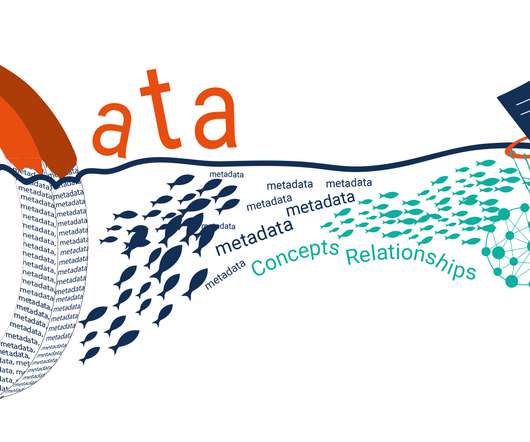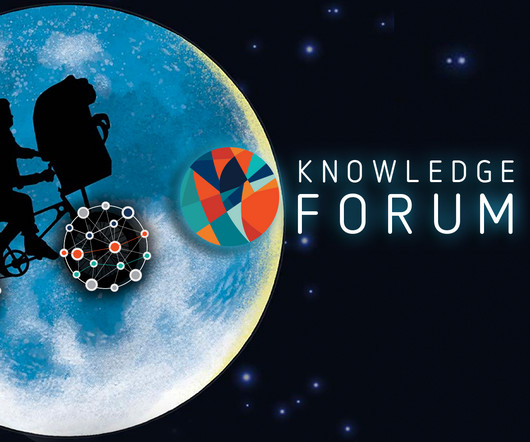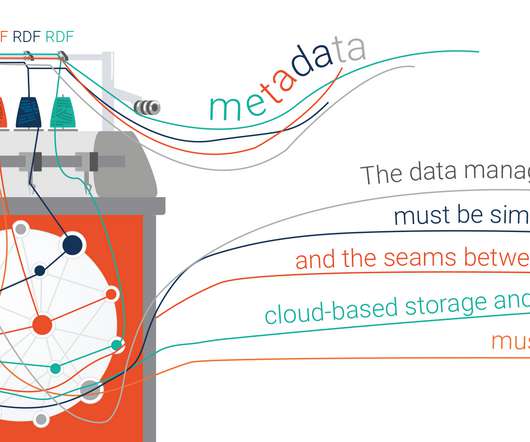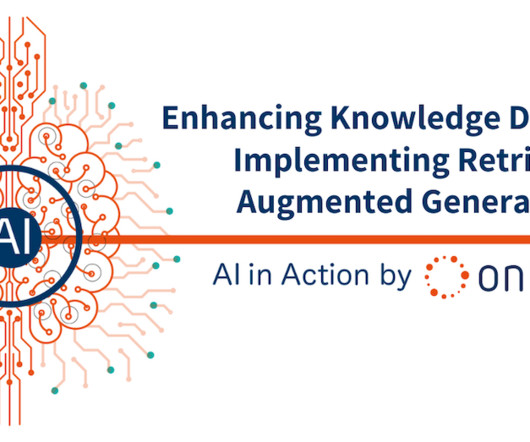Are You Content with Your Organization’s Content Strategy?
Rocket-Powered Data Science
JULY 6, 2021
Do you present your employees with a present for their innovative ideas? If you include the title of this blog, you were just presented with 13 examples of heteronyms in the preceding paragraphs. This is accomplished through tags, annotations, and metadata (TAM). What you have just experienced is a plethora of heteronyms.


















Let's personalize your content